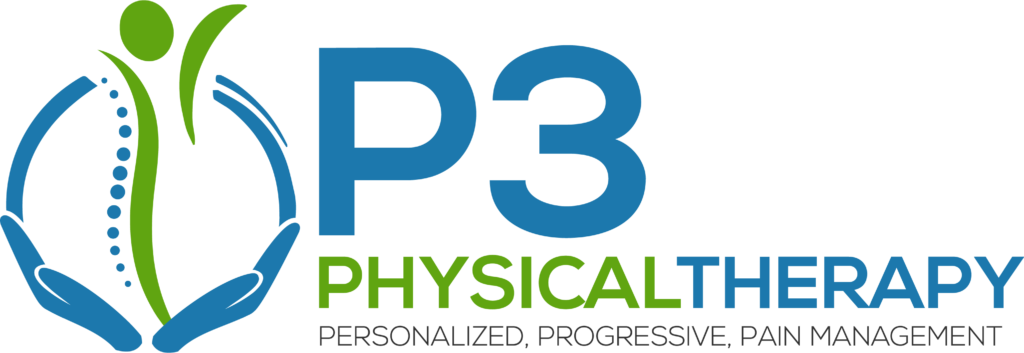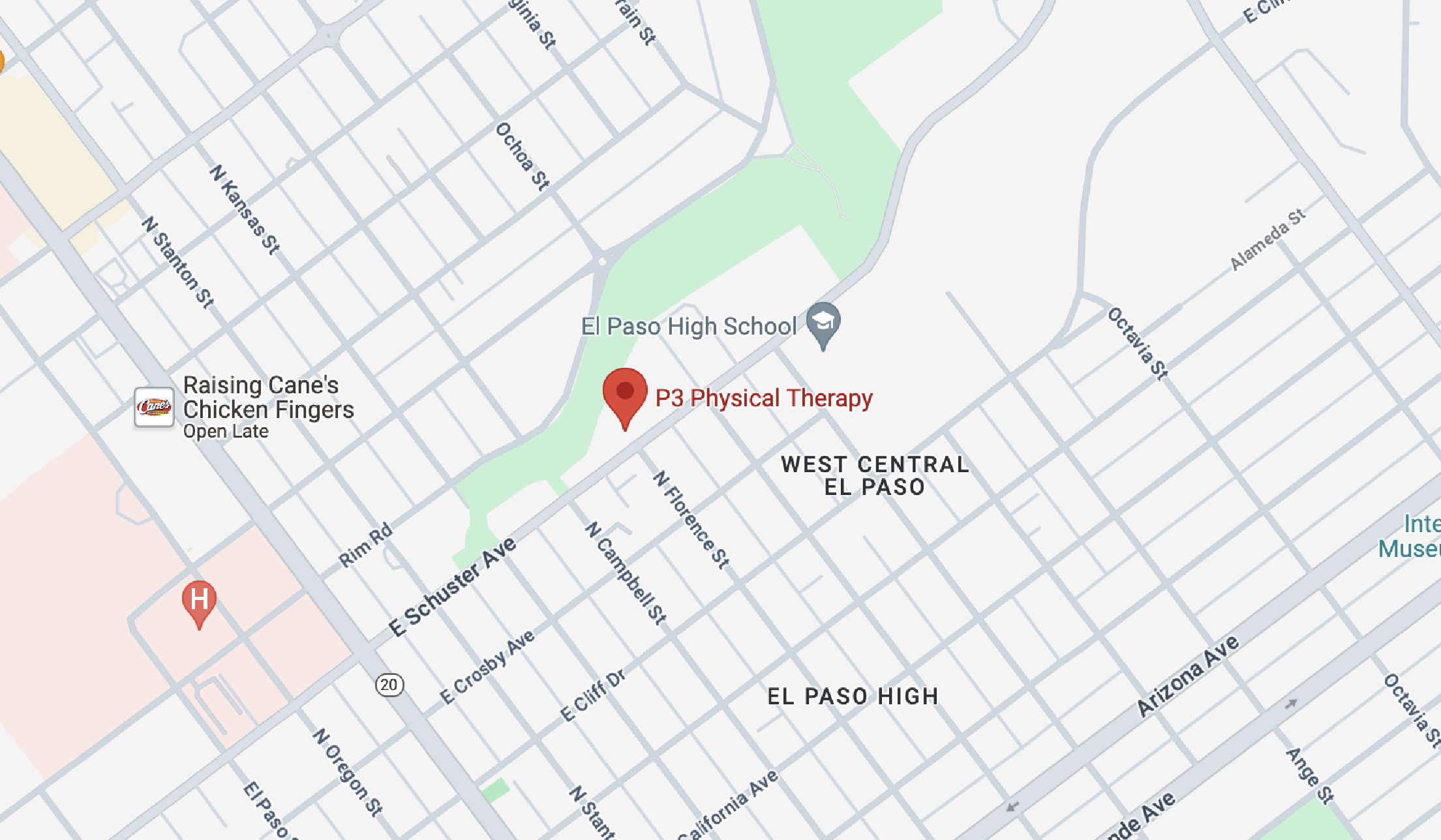 Temporomandibular joint (TMJ) disorders can cause significant pain, discomfort, and functional limitations for individuals. It can impact a person’s ability to eat, speak, and perform daily activities. While various treatments exist for TMJ disorders, physical therapy has emerged as a key component of comprehensive management strategies.
Temporomandibular joint (TMJ) disorders can cause significant pain, discomfort, and functional limitations for individuals. It can impact a person’s ability to eat, speak, and perform daily activities. While various treatments exist for TMJ disorders, physical therapy has emerged as a key component of comprehensive management strategies.
If you’re experiencing pain, P3 Physical Therapy can help you find relief through our TMJ treatment. Contact us online or call (915) 444-5200 to learn more.
What is a TMJ Disorder?
The temporomandibular joint (TMJ) is a complex joint that connects the jawbone (mandible) to the skull. TMJ disorders encompass a range of conditions affecting the muscles, ligaments, and structures surrounding the joint. It can lead to pain, stiffness, clicking or popping sounds, and difficulty closing or opening the mouth. Causes of TMJ disorders may include trauma, arthritis, teeth grinding, misalignment of the teeth, stress, and poor posture.
The Role of Physical Therapy in TMJ Treatment
Physical therapy continues to play a crucial role in the management of TMJ disorders by addressing underlying musculoskeletal imbalances. TMJ treatment in El Paso can help improve jaw function while alleviating pain and discomfort. Physical therapists employ various techniques to restore normal movement patterns, reduce muscle tension, and promote the healing of the TMJ structures.
Pain Relief
Physical therapists use manual therapy techniques like dry needling, massages, mobilization, and manipulation to reduce pain and inflammation in the TMJ and surrounding muscles. They may also use heat and cold therapy to alleviate pain.
Muscle Relaxation
TMJ disorders involve muscle tension and spasms. Physical therapists offer stretching exercises to release tight muscles, improve flexibility, and restore normal muscle length and function to combat this. Dry needling can help release tightness in the muscles and decrease pain.
Joint Mobilization
Restricted movement and dysfunction can exacerbate the symptoms of TMJ disorders. Physical therapists perform gentle joint mobilization techniques as a part of TMJ treatment to improve joint mobility, reduce stiffness, and promote proper alignment of the TMJ structures. Similarly, patients may learn exercises that target the jaw, neck, and face muscles to strengthen weak muscles, improve coordination, and enhance jaw function.
Postural Correction
Poor posture can contribute to TMJ dysfunction by placing undue stress on the jaw and surrounding muscles. A therapist will help assess a patient’s posture and suggest exercises and ergonomic modifications to promote optimal alignment and reduce strain.
Education and Self-Management
A key to effective physical therapy is patient education on proper jaw mechanics, ergonomic principles, stress management, and lifestyle modifications to empower individuals to manage their TMJ symptoms.
A combination of these methods can help individuals overcome their TMJ disorder. Additionally, it’s a safe, non-invasive alternative to more invasive treatments like surgery.
TMJ Treatment in El Paso
Tired of being in pain? P3 Physical Therapy can help you find relief. Through a combination of dry needling, manual therapy, exercise therapy, postural correction, and patient education, our physical therapists can help individuals with TMJ disorders regain comfort, mobility, and quality of life. Contact us online or call (915) 444-5200 for a free pain screening!


